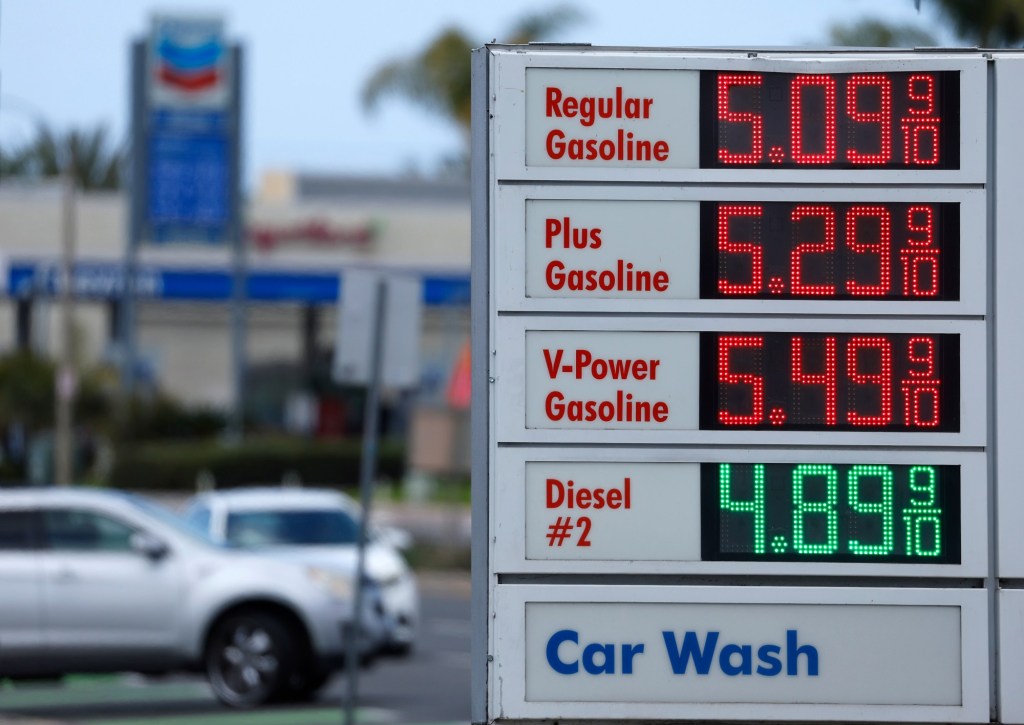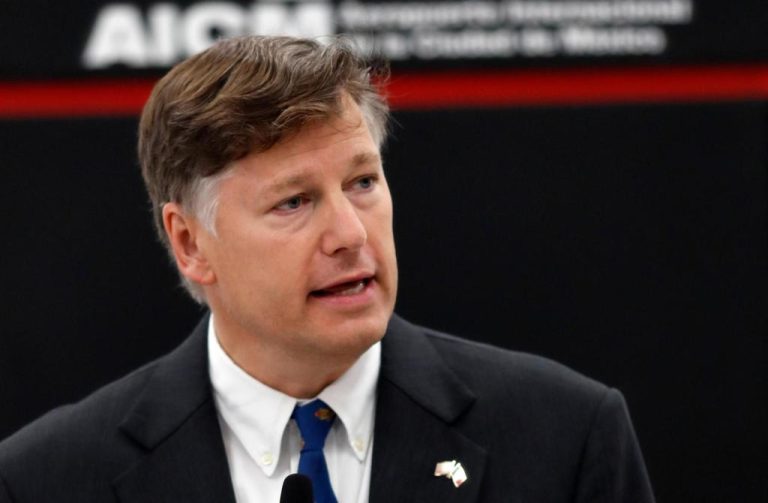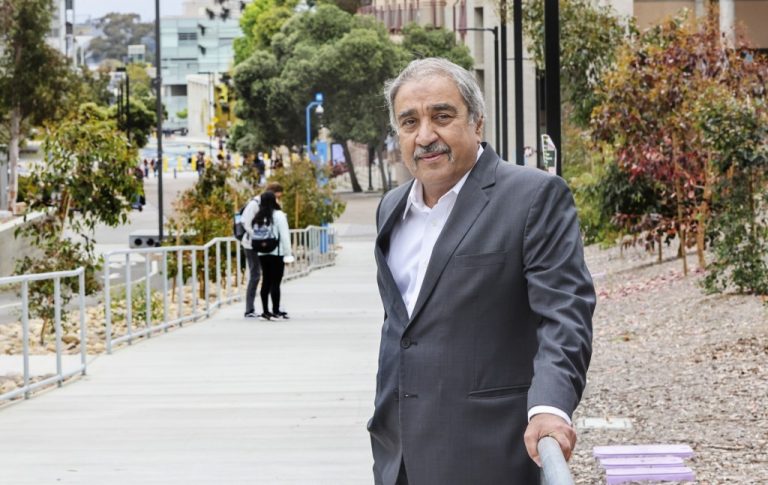

It’s no April’s Fool’s joke; gas prices have taken a sharp turn higher.
The average price for a gallon of regular in the San Diego area has risen 21 cents in the past nine days. According to AAA, the average price stood at $4.866 on Tuesday — a jump of nearly 5 cents compared to the day before.
Fuel analysts point to a number of reasons for the increase, including tight supplies and the annual switch to California’s more expensive summer blend of gasoline.
The Oil Price Information Service, which tracks fuel prices across the country, last week reported that inventory for California gasoline dropped by more than 1 million barrels compared to the previous week, one of the most sizable seven-day drops in the past five years.
That’s partly due to an explosion at the Martinez Refining Company in Northern California on Feb. 1 that sent plumes of smoke rising about 200 feet and led to medical personnel tending to six refinery workers. The refinery is still offline, constraining supplies across the state, and is not expected to return to full output until the fourth quarter of this year.
In addition, a major refinery in Torrance recently announced repair work to fix some units that had slowed or shut down.
“Things are much tighter this spring because of the lack of that capacity,” said Patrick De Haan, head of petroleum analysis at GasBuddy. “It’s like the armor is already damaged and now the arrows are starting to penetrate.”
The price increase coincides with the transition California refineries make each year from winter-blended gasoline to summer blend. While the state’s unique summer mixture is less polluting, it adds about 15 to 20 cents to the price per gallon because of the oxygenates that go into the fuel.
While De Haan said “it’s certainly possible” for gasoline to crack the $5 per gallon mark, “it may take a couple of weeks for (inventory) to start building up” leading to prices steadying and possibly dropping to around the $4.50 range.
If it’s any consolation, a year ago the average price for a gallon of regular in the San Diego area was $5.135, which is almost 27 cents higher than Tuesday’s price.
High gas prices in California have long been a source of complaints from drivers and debates among politicians.
Statewide, the average price per gallon on Tuesday came to $4.852 — $1.65 higher than the U.S. average of $3.201 and the highest price of any state. Hawaii was in second place, with an average of $4.525 on Tuesday, according to AAA.
California’s excise tax on gasoline of 59.6 cents a gallon is also the highest in the country.
After gas prices exceeded $6 a gallon in the late summer and early fall of 2022 and 2023, Gov. Gavin Newsom accused oil companies and refiners in the state of “lying and gouging Californians to line their own pockets.”
At Newsom’s urging, the state Legislature passed Senate Bill X1-2 that included provisions creating the Division of Petroleum Market Oversight to monitor California’s oil and gasoline companies and gave the California Energy Commission authority to penalize oil companies if they exceed a “maximum gross refining margin.”
The specifics of what will trigger the penalty — the first of its kind in the U.S. — and when it will be enforced are still being worked out.
Asked about the current increase in gas prices, Tai Milder, director of the Division of Petroleum Market Oversight, said in an email to the Union-Tribune, “We are concerned about the recent, sharp price increases in California’s wholesale and retail markets and whether refiners are taking prudent steps to resupply the market.”
He added that those “who may be seeking inflated profits at the expense of California consumers will be hearing from us.”
But Michael Mische, associate professor of the Marshall School of Business at the University of Southern California, released a 199-page study last month indicating that state policies and regulations are largely why California gas prices are so high.
For example, Phillips 66 recently announced that by the end of 2025 it will shut down its twin facilities in Carson and Wilmington that account for almost 9% of the state’s crude oil capacity. The Phillips 66 closure will reduce the number of refineries in California to 12.
“It’s doubtful that demand will drop commensurate with the closing of the (Phillips 66) refinery, and simple economics states that when supply drops more than demand, prices will rise,” Mische wrote.
Fuel analysts don’t expect looming tariffs by the Trump administration on oil from Canada to have much impact on gasoline prices in California.
According to data compiled by the energy commission, 63.5% of oil supply sources to California refineries in 2024 came from foreign sources. Of that total, the four largest countries supplying the California market were Iraq, Brazil, Guyana and Ecuador. Canada came in fifth.
Domestically, oil produced in California accounted for 23.3% of the Golden State’s supply to refineries and Alaska contributed 13.3%.
Tariffs would hit drivers in the Midwest harder because it’s estimated that 50% to 65% of the oil that refineries use in that part of the country comes from Canada.
Originally Published:





